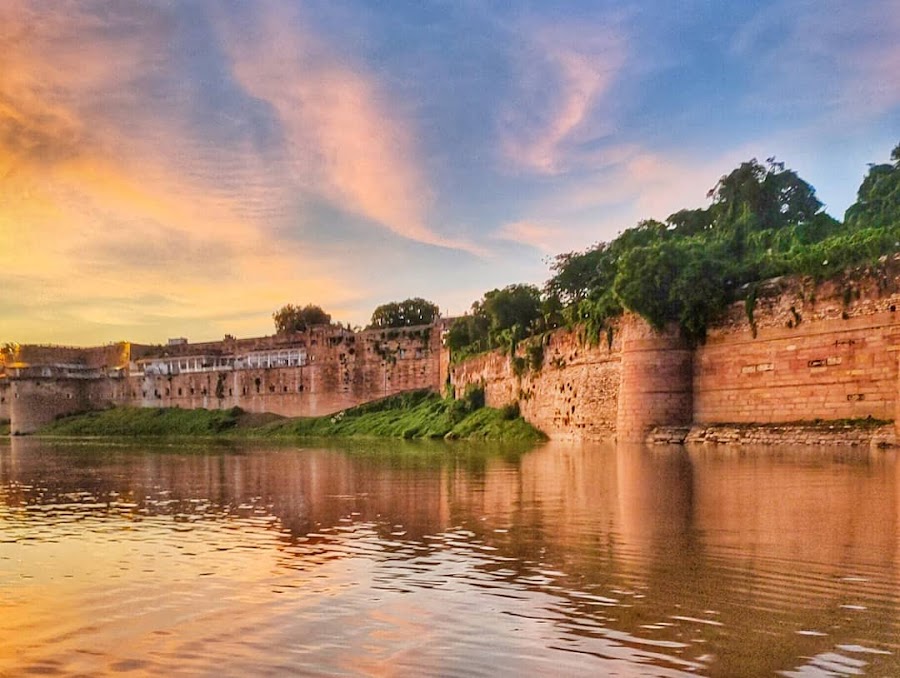
Allahabad Fort
Prayagraj, India
- Explore the outer walls of the fort
- Learn about Mughal history
- See the Patalpuri Temple
- View the Triveni Sangam from the fort
- Visit the Ashoka Pillar
Known for:
Description:
Allahabad Fort, a majestic structure overlooking the confluence of the Ganges, Yamuna, and Saraswati rivers (Triveni Sangam), is a must-visit for history buffs and architecture enthusiasts. Built by Emperor Akbar in 1583, the fort showcases intricate Mughal craftsmanship and offers stunning views of the Sangam. While much of the fort is occupied by the Indian Army and inaccessible to the public, visitors can still explore the impressive outer walls, the Zenana (women's quarters), and the Ashoka Pillar, which dates back to 232 BC. The Patalpuri Temple, believed to house the Akshaya Vat (immortal banyan tree), is another highlight. Photography is restricted in some areas, so be sure to check before snapping pictures. Overall, Allahabad Fort provides a captivating glimpse into India's rich past and architectural grandeur.
History:
Emperor Akbar commissioned the Allahabad Fort in 1583, strategically located at the Sangam to control river trade and exert authority over the region. Built over an ancient fort, it was the largest fort built by Akbar. The fort played a significant role in Mughal history, serving as a military base and a royal residence. After the decline of the Mughal Empire, the fort changed hands several times, falling under the control of the Marathas and eventually the British. During the British Raj, it served as a military garrison and a key strategic point. Post-independence, the Indian Army took control of the fort, and a significant portion remains under their command. Despite its military use, the fort retains much of its historical charm and architectural significance, offering insights into the Mughal era and its subsequent rulers.